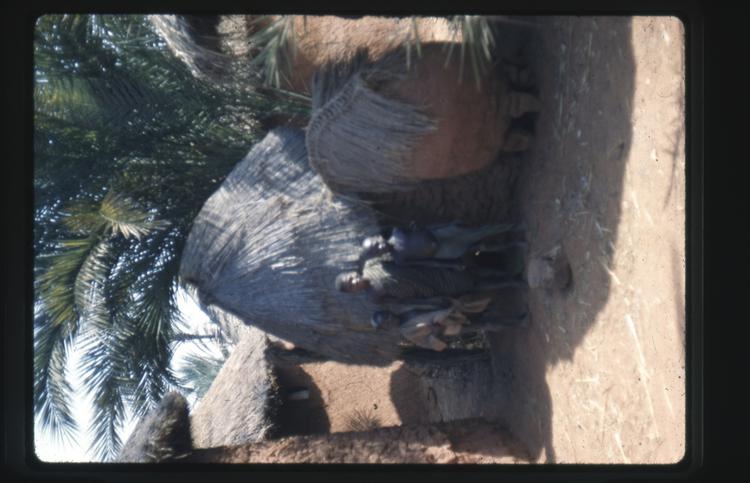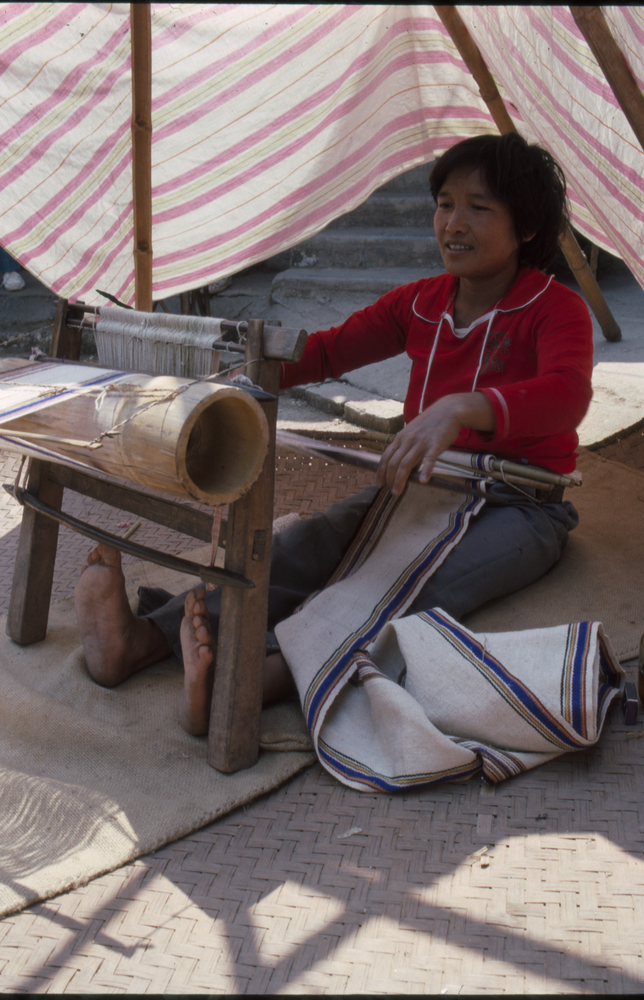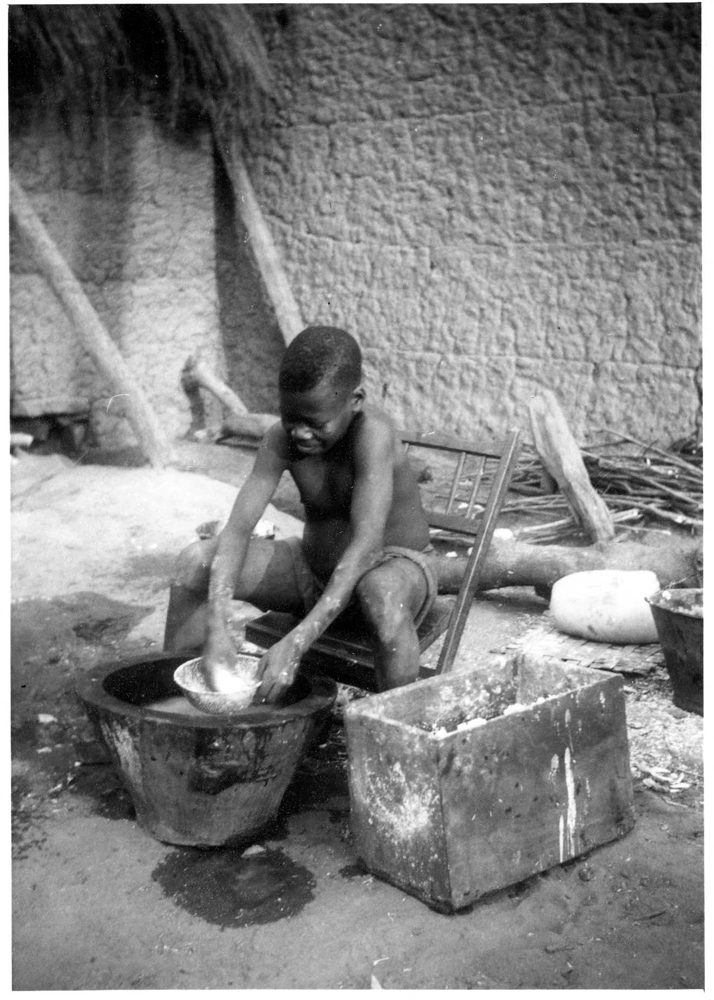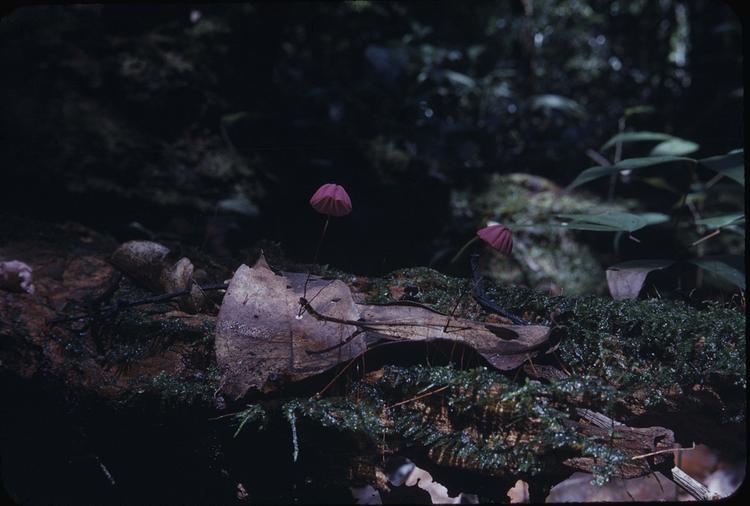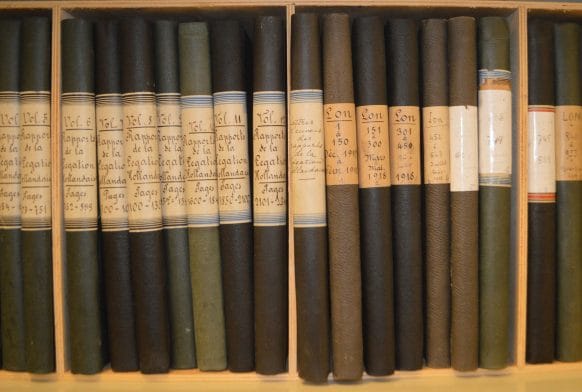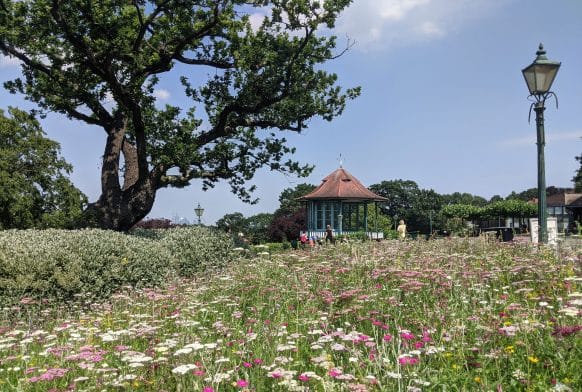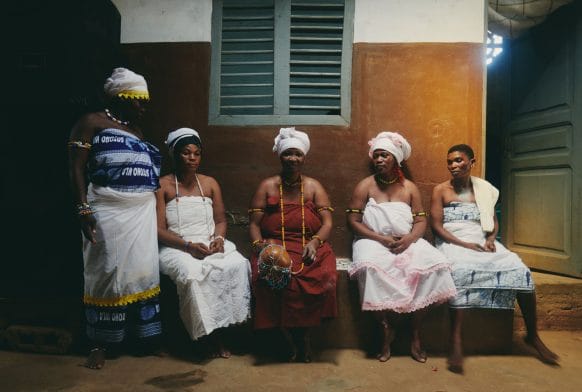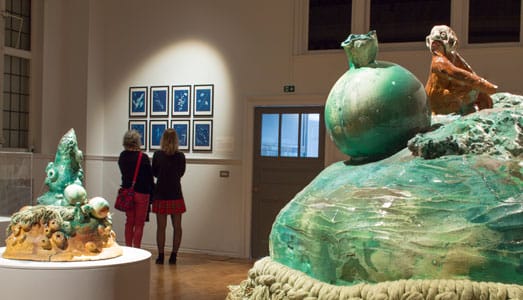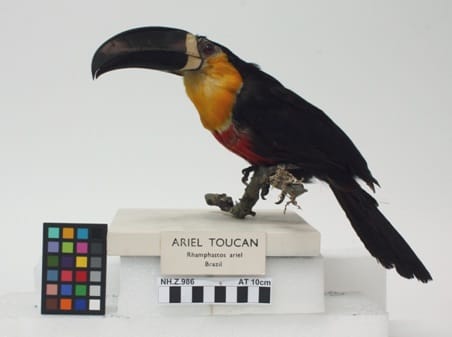This collection provides a broad and comprehensive record of Eric McGavin's career as an instrument tuner, music educator, and researcher into the history, development and manufacture of woodwind and brass instruments, with particular emphasis on the clarinet, oboe and bassoon. The records date principally from McGavin's employment with Boosey & Hawkes Ltd. at their factory and museum in Edgware in 1950 until his death in 1970. As well as notes, resources and manuscripts compiled by McGavin to support his series of talks, lectures and publications on musicology, instrument care and manufacture, and school music education, the collection also contains a series of approximately 440 photographs of McGavin at work, of his music students, of various 20th century musicians and of instruments held in the Boosey & Hawkes Museum (many of which are now held by the Horniman Museum and Gardens).
During the initial curation and appraisal of the collection the original curator, Bradley Strauchen, made a series of oral recordings providing contextual information for many of the files and items in this collection. Transcripts of her recordings have been added to the relevant series, file and item level descriptions in the scope and content fields.
For further contextual information on the collection and McGavin's association with Boosey & Hawkes see the following publications:
‘A Manufacturer’s Museum: the Collection of Boosey & Hawkes’, Bradley Strauchen and Arnold Myers, 2007, Musique, Images, Instruments. Revue française d'organologie et d'iconographie musicale. Les collections d'instruments de musique (2e partie).
‘Resources for Clarinet Research in the Boosey & Hawkes Collection and Archive’, Bradley Strauchen, in press, Proceedings of the Clarinet and Woodwind Colloquium 2007.
‘Boosey & Hawkes’, Bradley Strauchen, in press, New Grove Dictionary of Musical Instruments 2nd edition
Eric McGavin Collection
Continue exploring archive
Collection Information
These objects are only a part of our collections, of which there are more than 350,000 objects. This information comes from our collections database. Some of this is incomplete and there may be errors. This part of the website is also still under construction, so there may be some fields repeated or incorrectly formatted information.
The database retains language taken from historical documents to help research. Please note that some records may feature language and reflect systems of thinking that are outdated and offensive. The database also includes information on objects that are considered secret or sacred by some communities.
If you have any further information about objects in our collections, can suggest corrections to our information or if you see content requiring immediate action, please contact us: enquiry@horniman.ac.uk



